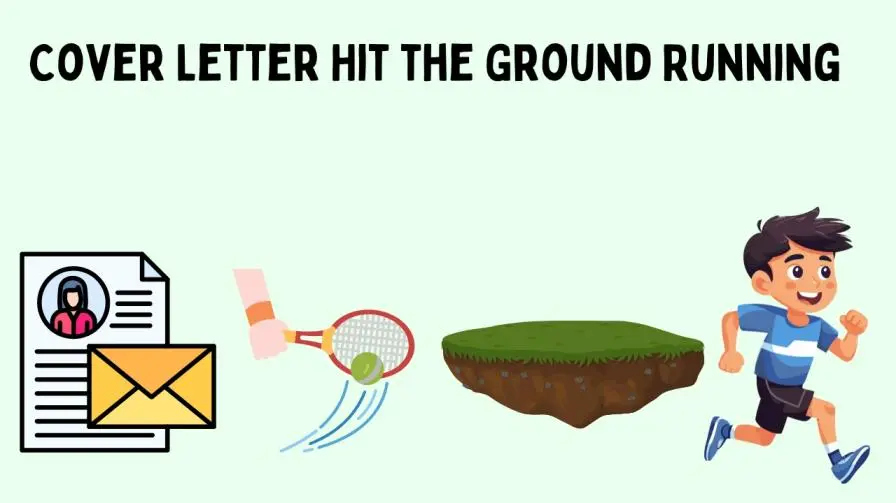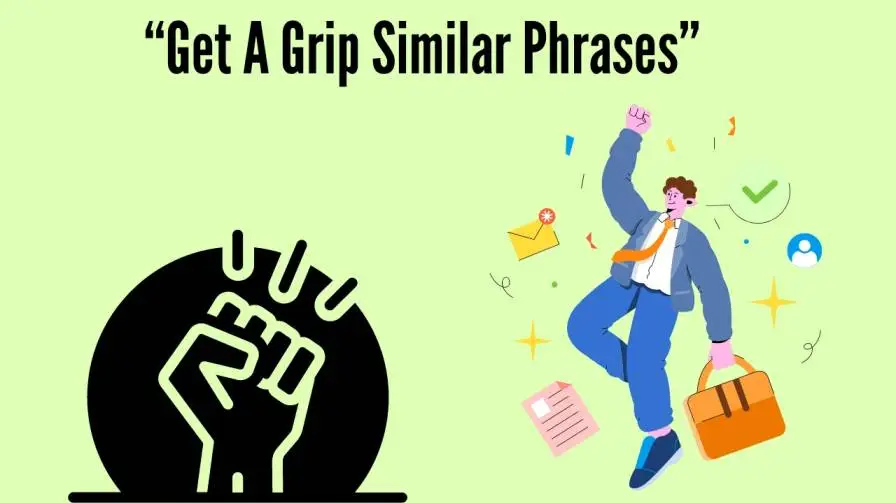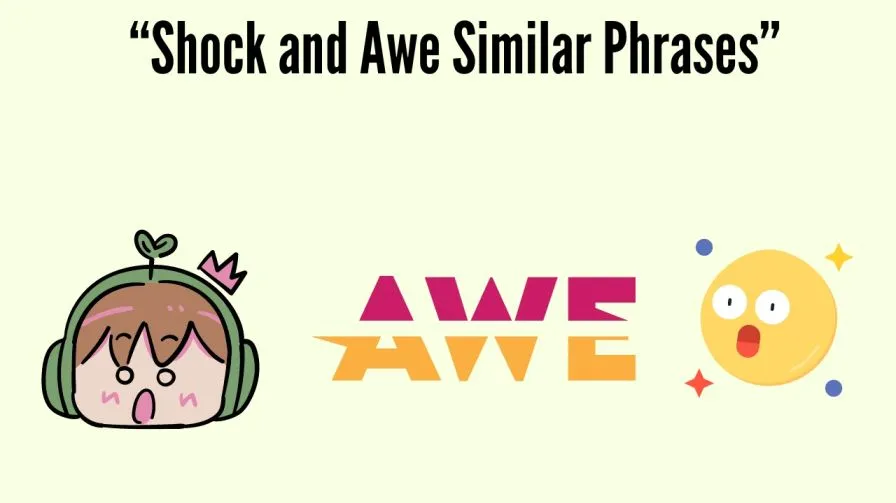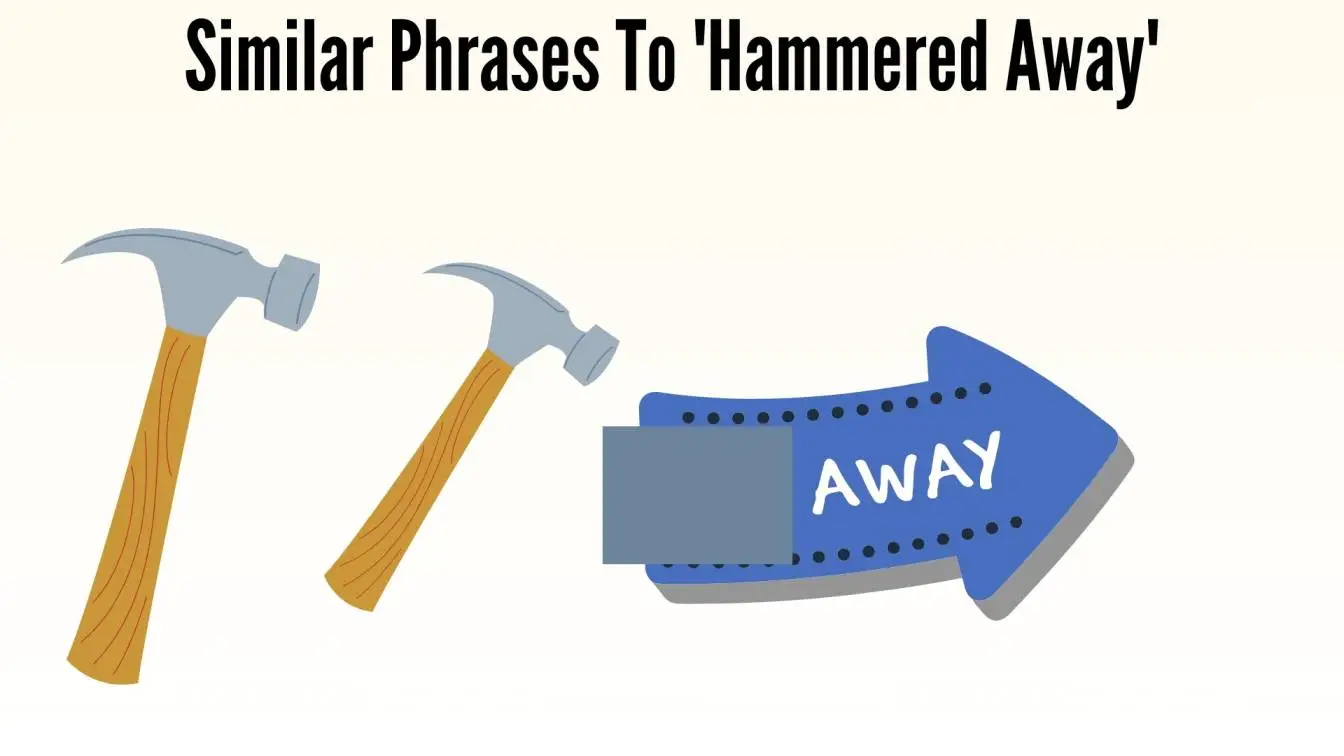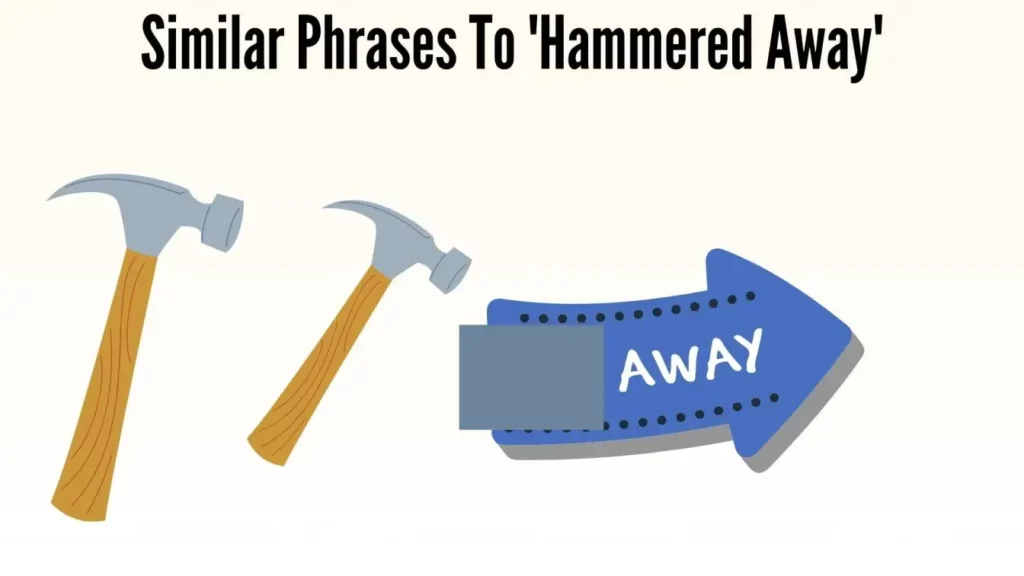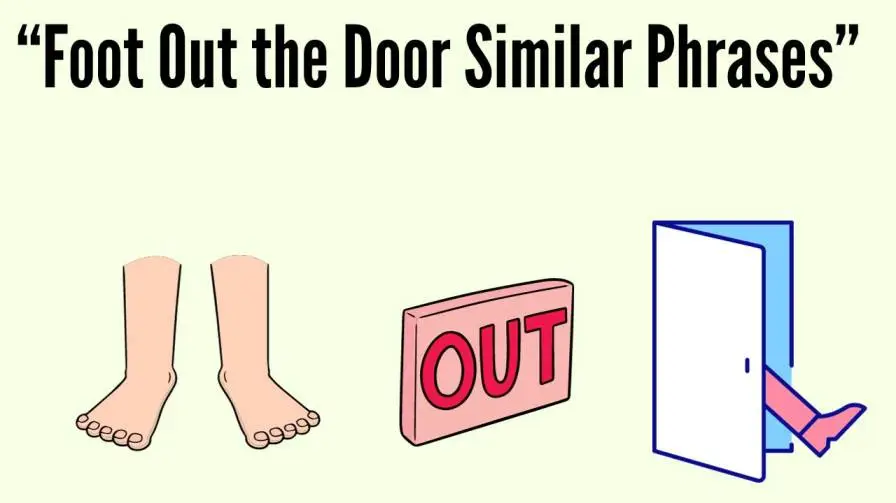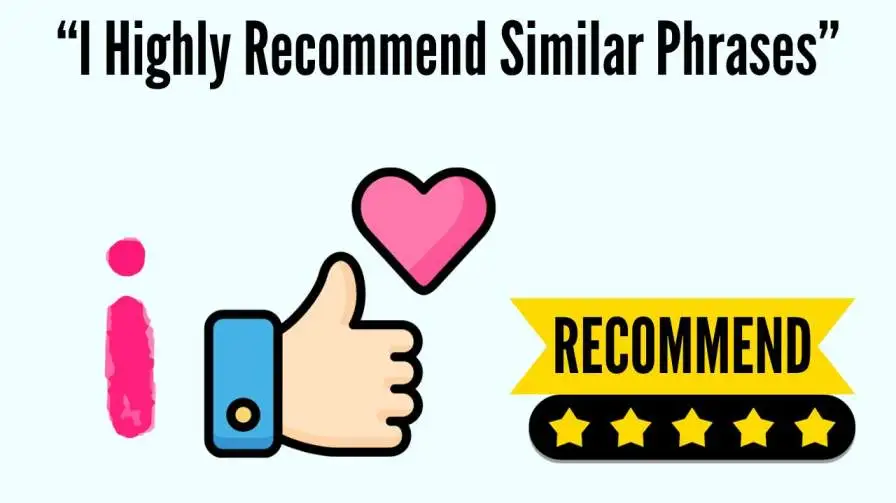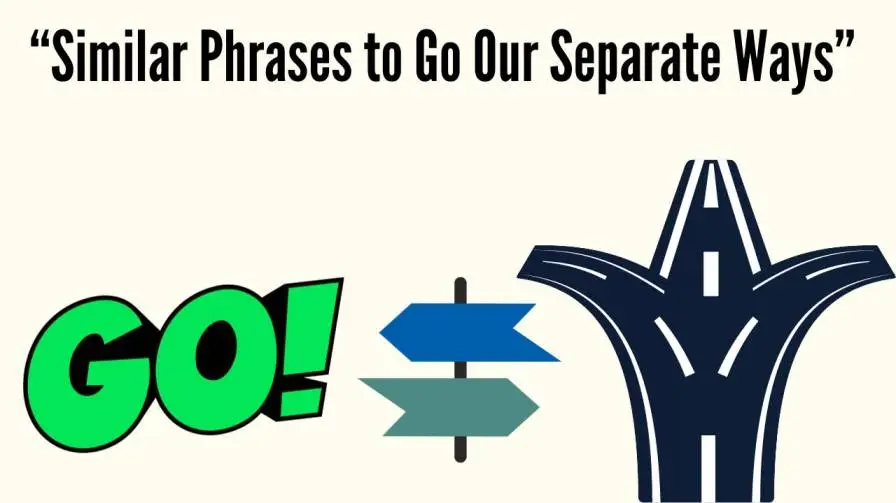In many different languages and cultures, “How are you doing similar phrases?” is a common greeting or casual inquiry. However, underneath its seeming simplicity are layers of cultural significance and social nuance that affect how people interpret and respond to it.
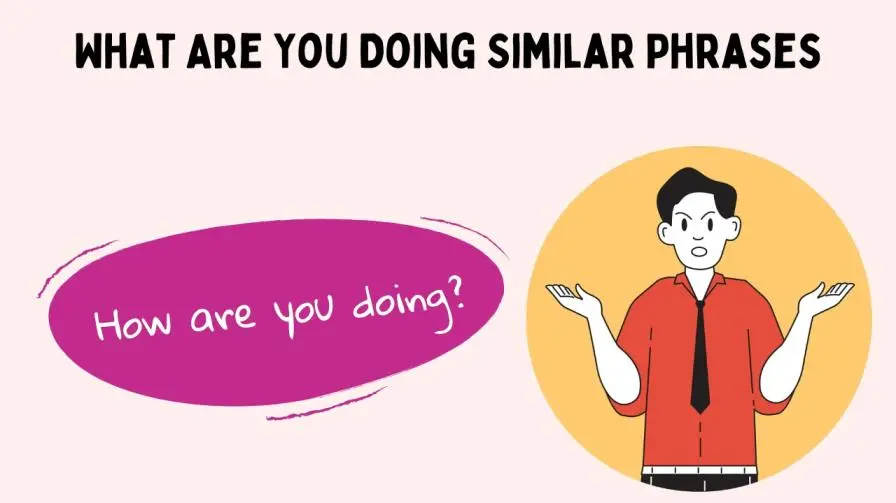
- How are you doing?: This is a casual way to ask someone about their well-being or current state.
- How are you?: Similar to the first phrase, it’s a straightforward inquiry about someone’s condition.
- How’s it going?: This is a casual way to ask how someone’s day or life is progressing.
- What’s up?: This is a colloquial greeting asking what someone is currently doing or how they are.
- How have you been?: This inquires about someone’s well-being over a period of time, usually since the last time you spoke.
- How are things?: A general question about the state of someone’s life or circumstances.
- How are you feeling?: This asks about someone’s emotional or physical state.
- How’s life treating you?: This question asks about someone’s experiences or challenges in life.
- What’s new?: An inquiry about recent events or changes in someone’s life.
- What’s happening?: Similar to “What’s up?”, it asks about current events or activities.
- How’s everything going?: A broader version of “How’s it going?”, asking about all aspects of someone’s life.
- How are you holding up?: This suggests concern about how someone is managing in difficult circumstances.
- How’s your day been?: An inquiry about how someone’s day has progressed.
- What’s been going on with you?: A question asking for updates or news about someone’s life.
- How’s your day shaping up?: This asks about the direction or outlook of someone’s day.
- How’s your week/month/year been?: Similar to “How have you been?”, but asking about a specific time frame.
- How are you faring?: A slightly formal way of asking about someone’s well-being or situation.
- How are things treating you?: This inquires about someone’s experiences or luck in various aspects of life.
- How are you keeping?: A casual way of asking how someone is managing or coping.
- What’s the good word?: An informal way to ask for updates or news about someone’s life.
Alternatives of How Are You Doing Similar Phrases
Certainly! Here are some alternatives to the phrase “How are you doing?”:
- How are you feeling today?
- How’s everything with you?
- How are things going for you?
- How have you been lately?
- How’s your day been so far?
- How’s life treating you these days?
- How are you holding up these days?
- How’s your health been?
- How are you managing these days?
- How’s your mood today?
Recognizing the Cultural Importance
Greetings are fundamental to social interactions anywhere in the globe. They serve as a means of greeting, being kind, and striking up a discussion.
Cultural Disparities
varied cultures have varied customs when it comes to welcomes and inquiries about well-being. While some people might choose to express their concerns in more nuanced or indirect ways, others might prefer to raise questions openly.
The Skill of Reacting
Social norms and Etiquette
It’s common to comply with social standards and expectations while answering the question “How are you doing?” In order to preserve harmony in social interactions, it is normal to reply either favorably or neutrally, even if one is not feeling well.
Context Matters
The context in which the question is asked influences the response. In casual settings among friends, a simple “I’m good, thanks!” suffices. However, in more formal or serious situations, a more detailed response may be expected.
Non-Verbal Communication
Expressions on the Face
Facial expressions may also be used to determine how sincere an answer is. Sincere care is frequently seen in the eyes and on the face, which strengthens the interaction’s genuineness.
Mental Health
Getting Started
Asking someone “How are you doing?” goes beyond polite conversation and may be a valuable method to see how they’re doing emotionally. It makes room for more in-depth discussions and provides assistance to individuals who might need it.
Final Short
Finally, even though it could seem like a straightforward greeting, “How are you doing?” has deeper significance and meaning in social situations. Effective communication requires recognizing non-verbal clues, responding correctly, and comprehending its cultural importance. We strengthen our bonds and strengthen our communities when we cultivate sincere connections and look out for one another’s welfare.
